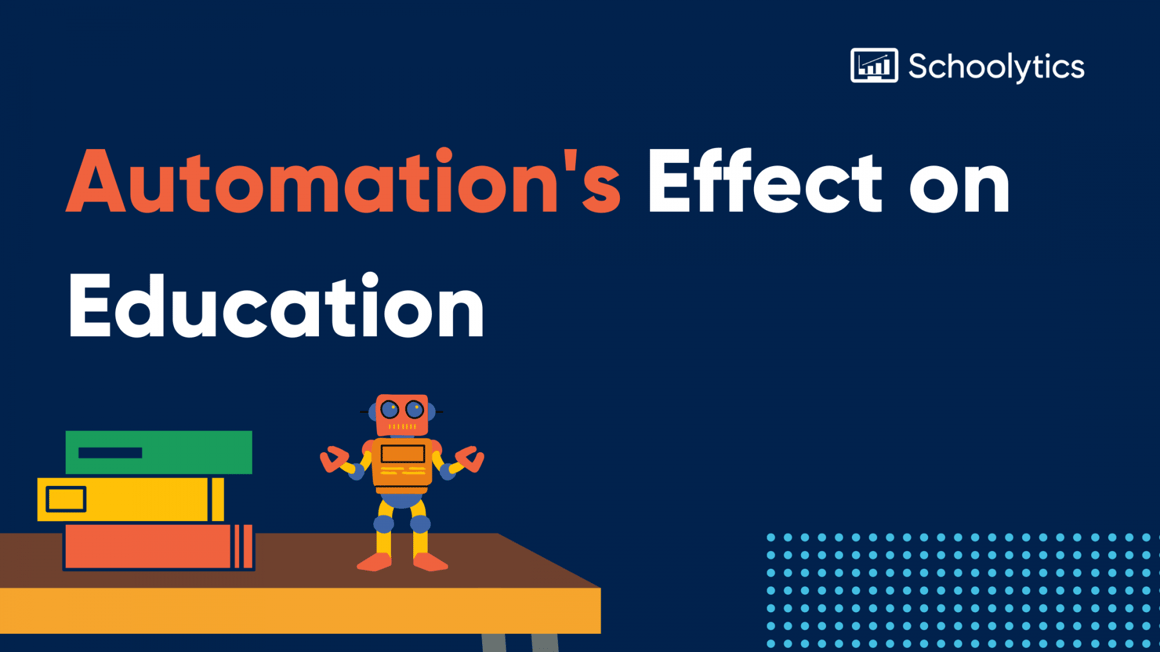

Published: December 01, 2022
While people often think of automation as a fraught industrial story, wherein robots replace factory workers in a struggle for relevance, it’s important to understand that automation is simply the process of a machine—software or hardware—doing repetitive tasks on behalf of humans.
Automation can therefore be incredibly beneficial, especially when machines can relieve people of time-consuming and irritating manual work, thereby improving productivity. It’s even better if machines can do that work faster and more cheaply than humans.
Early evidence suggests that AI and automation will change the way we work, but won’t necessarily result in a net loss of work opportunities for people. In fact, it will likely create new ones.
If history is an indicator, then the big-picture benefits of automation are worth pursuing. On the hardware side, think washing machines; for software, consider email—despite its flaws, it has numerous advantages over snail mail—and search engines.
Machines are not well suited to creative thinking or emotive work, but they’re very good at certain jobs that follow a set of explicit rules, even if those rules are complex. Workflow tasks, bulk communication, and logging are all good areas with repetitive steps governed by logic that must be done en masse.
In the sales industry, for instance, Salesforce and Hubspot have automated steps for outreach to prospective customers, saving time for salespeople and improving their ability to close deals.
In education, there are many manual, repetitive tasks that educators undertake every day that are ripe for automation. The goal is to save teachers and administrators time—in a period in which they report being burnt out and overwhelmed—so that they can shift time to more high-value endeavors like small-group instruction.
Here are some specific areas in K12 classrooms, schools, and districts (and higher education) where automation is leading to or could lead to significant improvements:
- Attendance: Teachers and school front office staff spend a lot of time taking attendance. Using facial recognition software to check if students are present comes with serious privacy concerns, but a more sophisticated tracking system beyond calling the roll and marking it on a spreadsheet to confirm attendance would be welcome.
- Enrollment & scheduling: Districts manage enrollment for several months ahead of the start of the school year. Once enrollment is mostly set, they must also set schedules for thousands of students (even at the elementary level, students have “specials”), which may be an even bigger task. Trying to optimize this kind of problem without good software is like trying to write a novel with a typewriter: possible, but very difficult and version control is a nightmare.
- Parent & student communication: At every level of the district, from the classroom up to the superintendent, messages are going out to parents and students. Adding automation to the many components of a messaging system, from the contact data to the email editor, supports teachers and administrators in keeping everyone informed.
- Progress reports: Creating progress reports for every student, one by one, is prohibitively time-consuming. Helping teachers pull in the right information and create individualized progress reports in one fell swoop is a game-changer.
- Learning Management System (LMS): The LMS is a large automated version of assigning work to students and collecting that work. While teachers have to invest in building LMS skills, they can then track work and help students stay organized within that digital framework.
- Grading: Grading is still an incredibly manual process. The difficulty with automating grading is that we don’t want to skimp on personalized feedback for students. But that doesn’t mean automation can’t help with multiple choice assessments, as well as eliminating the need for (re-)entering grades in multiple systems. There may also be a silver lining for some automated grading in that computers can grade objectively, whereas teachers may be swayed by subjective judgments.
- Sharing/reusing content and templates: Teachers and staff spend a lot of time and money on recreating the wheel of content. There is so much that an automated system could do to help teachers find and re-use old content, as well as share with one another.
- Classroom observations (speech recognition and/or facial recognition): Classroom observations form a significant part of teacher evaluations, but they’re notoriously hard to scale. A person has to physically go to a classroom—though can usually only spare 15-30 minutes at most—to observe a teacher in action. It’s interesting to think how software could help principals, coaches, and other administrators see more teachers, more often, for longer periods; and then give more meaningful and impactful feedback. TeachFX, for example, is a new speech recognition tool for teachers.
- Differentiation / adaptive learning: Personalization at scale is the holy grail of automation, and differentiation is fundamentally a personalization puzzle. For teachers, manually personalizing everything is inefficient, and automation is one partial solution to this challenge.
- Data-based decision-making: Pushing and pulling data into and out of systems can be a massive time suck, but keeping data updated and connecting data points is important. Automation makes these data processes invisible but saves incredible amounts of time for educators.
Automation should not be undertaken blindly, since there are important considerations.
First and foremost, education automation tools must protect student privacy and student data.
Second, as mentioned above, we believe automation is a tool to support, not replace teachers. Given the deficiencies observed with virtual learning, maintaining human interaction in schools is essential.
Finally, we do not advocate for the removal of human judgment and teacher feedback, which some automated systems promote.
Teachers’ time is incredibly valuable, and we should treat it as such. That’s why Schoolytics designs automations that save teachers time, supports relationships with students, helps build knowledge, and empowers smart decision-making.


